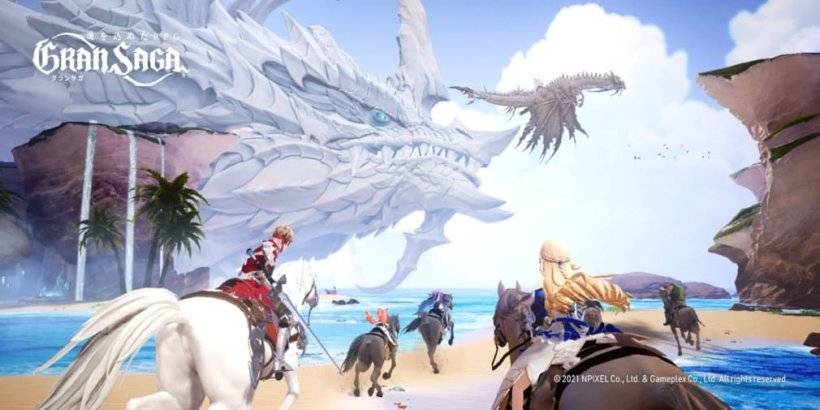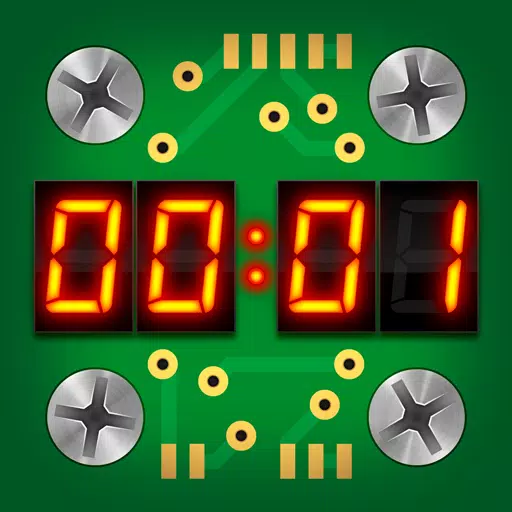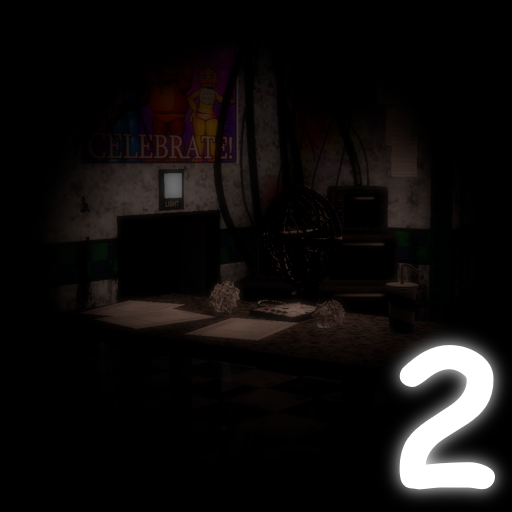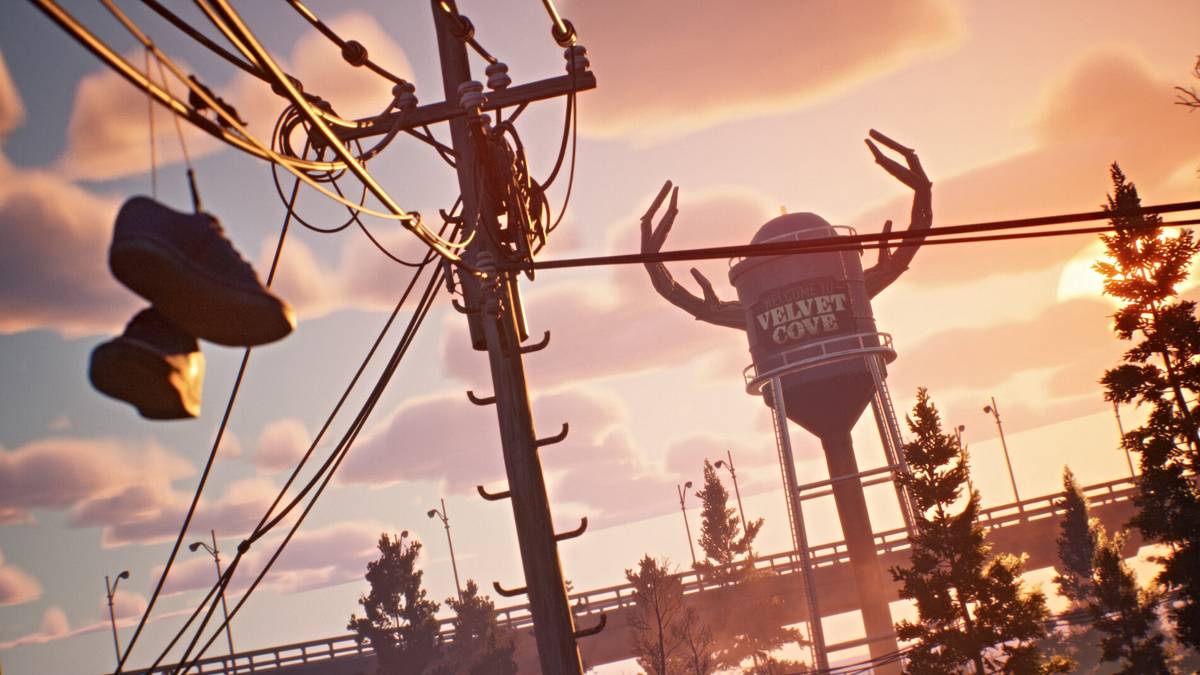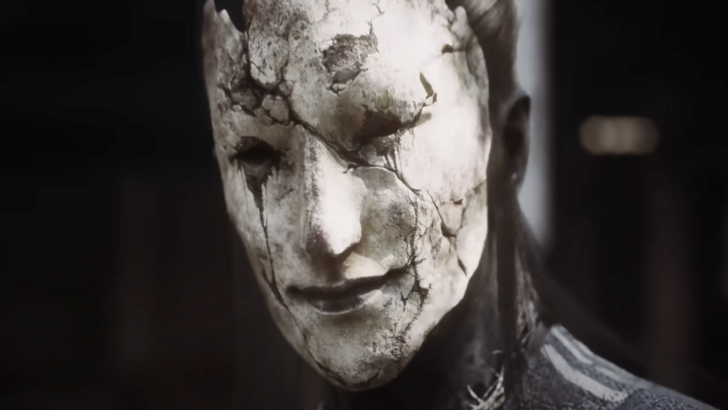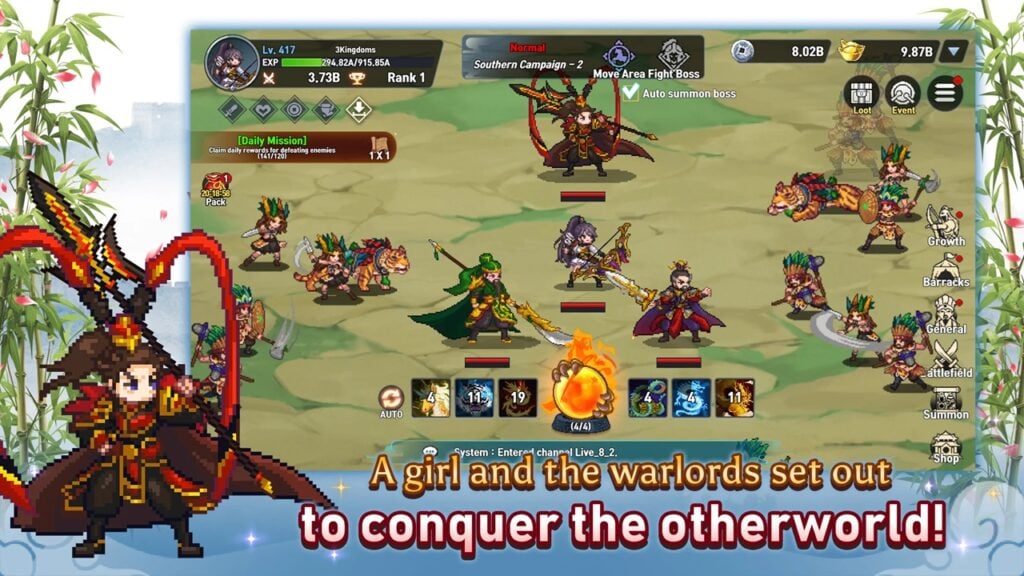When I played the demo for *Doom: The Dark Ages*, I never expected it to evoke memories of *Halo 3*. Yet, there I was, riding atop a cyborg dragon, unleashing machine gun fire at a demonic battle barge. After obliterating the vessel’s turrets, I landed on the ship, stormed through its lower decks, and turned the crew into a bloody mess. Moments later, I burst through the hull on my dragon, continuing my onslaught against Hell's machines.
Fans of *Halo 3* will recognize the similarities to Master Chief’s assault on the Covenant’s scarab tanks. The helicopter-like Hornet has been replaced by a dragon with holographic wings, and the laser-firing mech by an occult flying boat, but the essence remains the same: an aerial attack leading to a brutal boarding action. Interestingly, *The Dark Ages* doesn't just stop there. While its combat core is unmistakably *Doom*, the campaign's design echoes late-2000s shooters with its elaborate cutscenes and novel gameplay elements.
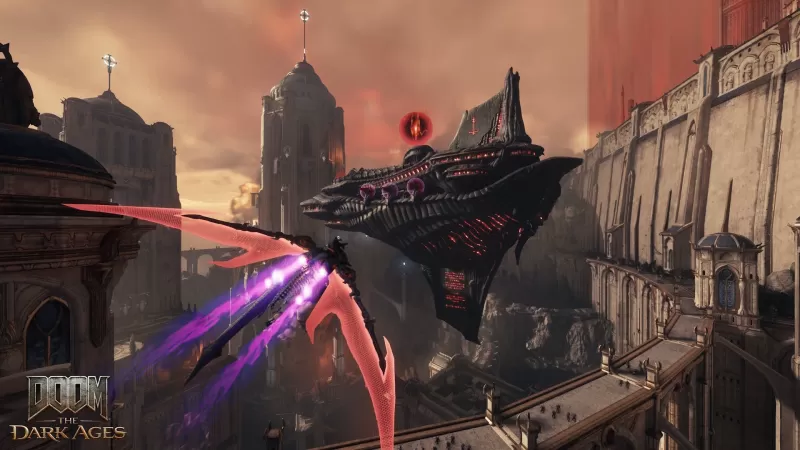 A dragon assault on Hell's battle barge. | Image credit: id Software / Bethesda
A dragon assault on Hell's battle barge. | Image credit: id Software / Bethesda
Over two and a half hours, I experienced four levels of *Doom: The Dark Ages*. The first level mirrored the tight, meticulously designed levels of *Doom (2016)* and its sequel. The subsequent levels, however, introduced me to piloting a colossal mech, flying a dragon, and navigating expansive battlefields filled with secrets and minibosses. This shift feels like a departure from *Doom*’s traditional focus on mechanical purity, drawing parallels to games like *Halo*, *Call of Duty*, and even older *James Bond* titles like *Nightfire*, known for their scripted setpieces and unique mission-based mechanics.
This new direction for *Doom* is intriguing, especially considering the series once veered away from such elements. The cancelled *Doom 4* was set to resemble *Call of Duty*, with a modern military aesthetic, increased focus on characters, cinematic storytelling, and scripted events. Id Software ultimately scrapped these ideas for the more focused *Doom (2016)*. However, in 2025, *The Dark Ages* brings them back.
The campaign’s fast pace is interspersed with new gameplay concepts reminiscent of *Call of Duty*’s most notable innovations. My demo began with a lengthy cutscene reintroducing the realm of Argent D'Nur, the opulent Maykrs, and the Night Sentinels, depicting the Doom Slayer as a terrifying legend. This cinematic approach feels fresh and reminiscent of *Halo*. In the levels, NPC Night Sentinels, similar to UNSC Marines, are scattered around, creating a sense of being part of a larger force, much like Master Chief.
While I appreciate the subtle storytelling of previous *Doom* games, the cutscenes in *The Dark Ages* are used sparingly to set up missions without disrupting the game's intense flow. However, other interruptions come in the form of new gameplay segments. After the initial shotgun-heavy mission, I found myself in the cockpit of an Atlan mech, battling demonic kaiju, and later soaring on a cybernetic dragon, attacking battle barges. These scripted sequences echo *Call of Duty*’s novelties like the AC-130 gunship missions, but they feel less engaging compared to *Doom*’s core combat, almost resembling quick-time events.





